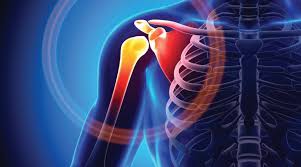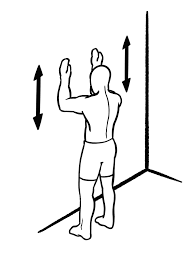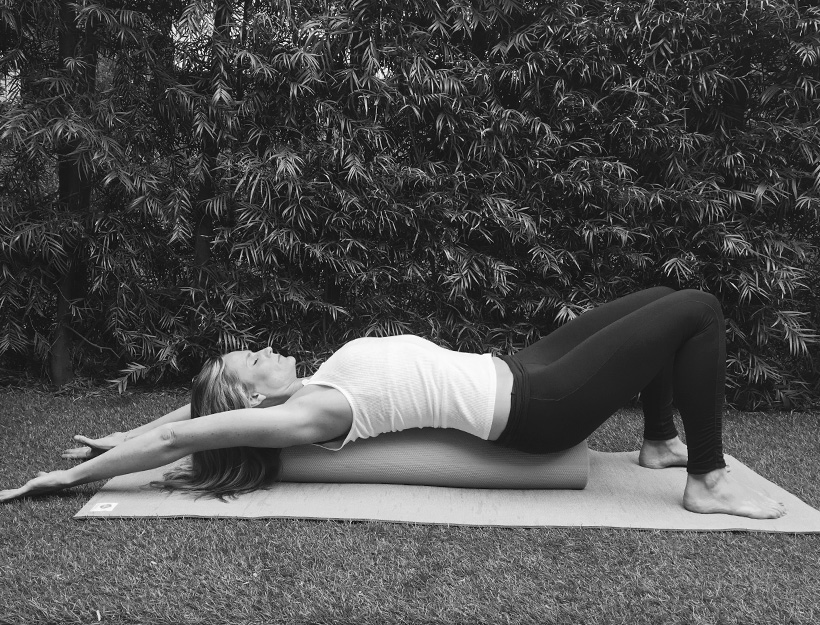
What is Shoulder Impingement?
This is a condition where the shoulder's tendons or bursa are being compressed or pinched during shoulder elevation movements which then causes inflammation.
This can be a result of instability of specific muscles around the shoulder joint due to an imbalance which leads to incorrect movement of the shoulder. Certain muscles may be moving too much or too little which then impacts on the way in which the shoulder joint moves.
The onset of pain ususally is gradual due to the way in which you move and can then become chronic over time as the body starts to move away from its natural movement patterns and increased inflammation occurs.
What Can Cause Shoulder Impingment?
- A traumatic injury such as a fall
- Rounded Posture
- Repeated overhead movements such as swimming or throwing sports like cricket
- Jobs that require the shoulder to be elevated for long periods e.g. plastering/painting
What are the symptoms of Shoulder Impingment?
- Clicking of the shoulder when you reach behind
- Pain when lying on the sore shoulder
- Muscle weakness in the arm
- Pain in the shoulder or arm when lifting or reaching overhead
How to Treat Shoulder Impingment?
Intial treatments can include:-
- Kinesio tape - tape can be applied around the shoulder to encourage better posture and movement patterns. K-Tape also should help reduce pain as it de-compresses the area where it is applied and allows the nerves, and muscles to move more freely
- Pain Relief - Ice should be used if there is inflammation to help reduce this. Heat can be used when the inflammation has reduced to help bring fresh blood flow to the area
- Massage - Soft Tissue Therapy can help relieve the tension in some of the local muscles
- Sports Therapist Assessment - You should make an appointment with your local Sports Professional to have a thorough assessment and they will provide you with advice to support rehabilitation longer term
- Exercises - It may be that there are specific muscles that aren't functioning as well as they should and that strengthening exercises need to be provided to enable better overall movement.
Below are a couple of exercises below that can help with better movement through a combination of control and mobilisation.
1. Shoulder blade control

- Lean forwards onto a wall taking some weight through your elbows and forearms
- Keeping the body still and the shoulders away from your ears and chest away from the wall slide the arms up and down the wall
- Do this exercise 10 times 3x a day
2. Thoracic spine mobility

- Roll up a towel and lie on it so that it runs down the centre of the spine from the base of the neck to the bottom of the mid back
- Support your head on a pillow and have your legs bent with your feet on the floor
- Lie there for 10 minutes each day to stretch out the spine
Sometimes it may be necessary to have further investigations if the initial treatment is not relieving the pain and your therapist should refer you on.
Longer term it is important to keep stretching, ensure good warm up and cool down post exercise, continue doing the mobility and strengthening exercises.
Always be mindful of your shoulder position whether you sit at a desk or play a competitive sport to avoid any reoccurence of Shoulder Impingment.
